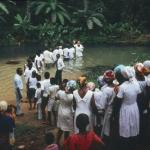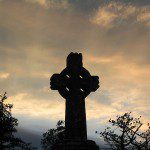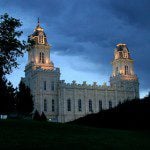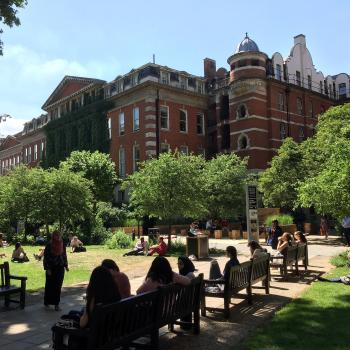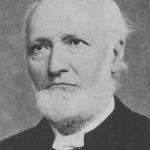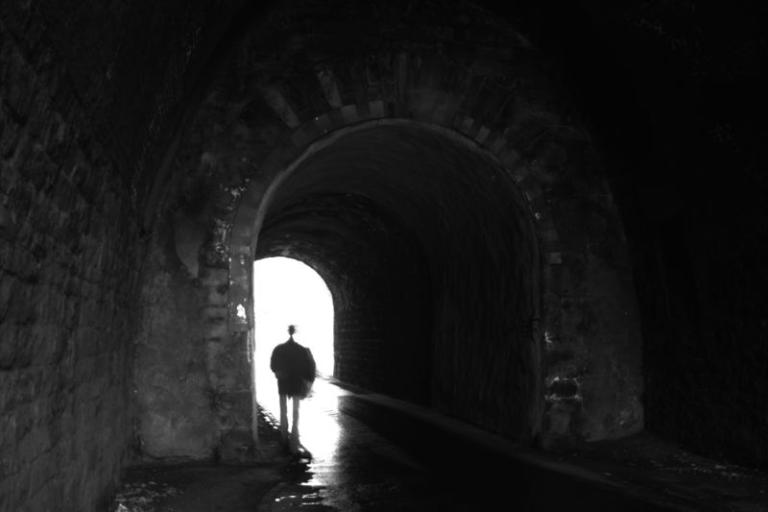
(Wikimedia Commons public domain image)
As I mentioned in a recent blog entry, somebody in Modesto, California — I don’t know who it was — sent me a copy of a small and very accessible book a few days before Christmas: Hadley Vlahos, The In-Between: Unforgettable Encounters During Life’s Final Moments (New York: Ballantine Books, 2023). Ms. Vlahos is a still-young R.N., born and raised in Florida (I think) and still based there, and specifically a hospice nurse who attends to people who are fatally ill and in the last stages of their lives.
I’ve just finished the book. Despite what its title might seem to suggest, it isn’t primarily about encounters with the spirit world, although she relates a few brief experiences that certainly seem to suggest such encounters. Rather, it’s a series of quite compassionate sketches of a few of the patients with whom she’s worked, as well as something of an autobiography. Although she had attended church faithfully in her earlier life, Hadley had pretty much lost her faith and her interest in religion by the time she went off to college. The sudden, accidental death of a friend had been the first blow to her belief, and her trust in religious claims had vanished fairly quickly thereafter.
But here are a couple of passages that I will share. I had a third in mind, but I failed to mark it and now can’t find it:
I walked back into Elizabeth’s room, expecting the calm feeling to hit me again. Something was off, though. The lemon scent was still in the air and the music was still playing, but a certain energy was gone. I knew without knowing that Elizabeth was gone. Although it’s hard to explain this shift is one that every hospice nurse and person who has witnessed a death has experienced — the tangible shift in the air in that moment when a person leaves their body. . . . In Elizabeth’s case, her absence was very pronounced. (104)
Growing up, I had believed in the afterlife without question. Following Taylor’s death, and throughout most of my late teenage and young adult years, I had questioned that belief. . . . The way I saw it, there was a solid, specific answer for all of this — for life and death — or there was no answer at all. And now, as a hospice nurse, I had witnessed so many things that I couldn’t explain away as pure chance or with any sort of medical reasoning. For every story I had about a patient seeing a deceased loved one, or an inexplicable coincidence like the fire Edith had foreseen or the car wreck Al had intuited, my co-workers had ten more. I couldn’t ignore the evidence of something more beyond death. To me, that was no longer rational. (231-232)
I recall reading an account, many years ago, of a lecture by the cardiologist Michael Sabom, who had begun as a skeptic, on his research into seemingly verifiable near-death experiences. During the question-and-answer session that followed, a physician in the audience — an oncologist, if I’m not mistaken — stood up to challenge Dr. Sabom’s position. “I’ve dealt with hundreds of dying patients,” he said, “and I’ve never heard a single one of these stories!” Immediately thereafter, another audience member stood. “I was one of your patients, Dr. X,” he said, addressing the oncologist. “I had an experience like those described by Dr. Sabom, but you are literally the last person on earth that I would have told about it!”
In the busy and business-like atmosphere of a large modern hospital, harried doctors and even many nurses have little if any time to simply sit by the bedsides of their patients and chat and listen. But I would think that a hospice nurse would be about as well-situated as anybody to do precisely that and, thus, to be told about such intimate experiences.
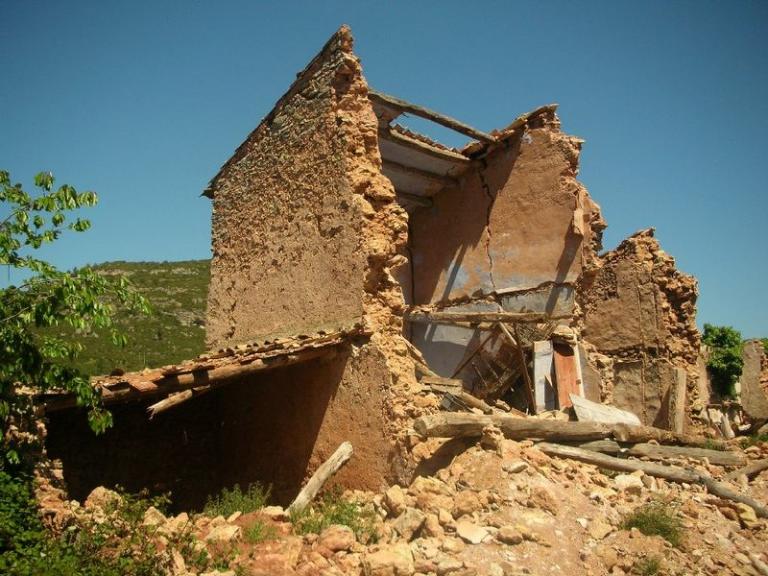
(Wikimedia Commons public domain image)
Roughly ten and a half years ago, a sublimely self-confident pseudonymous critic on a small, extraordinarily nasty message board mostly populated by ex-Latter-day Saint atheists took it upon himself to prophesy. And this is what he said. This is what that critic said:
“By Jan. 1, 2014 Interpreter will be dead. . . . Either totally dead or down to token ‘blog’ style postings.” (Bond James Bond, 25 January 2013)
The Interpreter Foundation was about five and a half months old when he pronounced his oracle.
I’m reminded of an editorial that appeared in the Salt Lake Tribune on the death of Brigham Young in 1877:
The Mormon church was stronger at four o’clock Sunday afternoon than it ever will again become; the remarkable will and organizing force of the dead leader departed with him, and have been transmitted to none other in his church; and we may now watch with complacency, if not with joy, the gradual disintegration of the whole Mormon fabric.
I hope that “Mr. Bond” kept his day job. (Actually, I didn’t see anything at all from him for several years. Perhaps, I thought, he was totally dead. At the best, he no longer seemed to be up to making even token “blog style” posts. Lately, though, I think he may have resurfaced two or three times under a slightly altered pseudonym.)
The Interpreter Foundation was launched almost precisely 598 weeks ago. Last Friday marked the 597th consecutive week that it has published at least one article — which is to say nothing of its books, its blog, its scripture roundtables, its weekly radio programs, its film efforts, its conferences, and so forth.
That poor “Mr. Bond’s” prediction was proved wrong precisely ten years ago today is entirely due to generous donations of time and labor and, yes, money from a great many people, to all of whom I’m deeply grateful. Our operation is almost entirely volunteer. We have no salaried employees. Although our bylaws allow the Foundation’s top leadership to draw up to $500 annually for their services, none has ever taken any such compensation. Nor are our authors paid. This is a labor of love, passion, and commitment.
Please stay tuned. Will the Interpreter Foundation survive past the end of today? Will another article appear in Interpreter: A Journal of Latter-day Saint Faith and Scholarship this week? The tension mounts!


